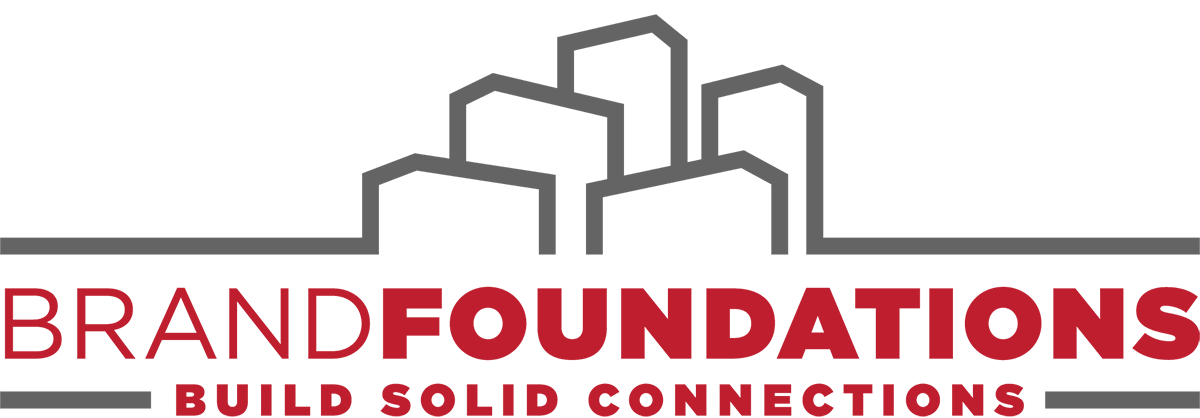When economic expansion is stubbornly slow and organic growth is difficult, leaders naturally turn to M&A as a way to accelerate their businesses. In fact, 50% of companies surveyed by EY expect to undertake a deal in the next twelve months.
But, this strategy comes with risk: study after study puts the failure rate of most M&A deals at a stunning 70-90%. That’s higher than the failure rate of most marriages in the U.S.
The most common reasons for failure: people, politics and a failure to drive “buy-in” and alignment of all stakeholders. KPMG’s 2016 M&A survey notes that a “well executed integration plan” is the #1 factor in deal success. So what can leaders do execute deals more effectively?
"Every time you conduct a merger, someone loses their identity."
- Carlos Ghosn
Chairman & CEO, Renault-Nissan
One of the simplest and most overlooked strategies, is an inclusive brand messaging alignment exercise that finds the common thread connecting all stakeholders and provides a clear narrative for moving forward together.
We’re not talking about a top-down branding exercise concocted by a newly integrated management team at a hastily convened offsite. That’s not authentic and will only jade employees.
We’re talking about a bottom-up exercise where management says to employees – “We may set strategy, but you – our employees – have to deliver on it every day. You ARE the brand. You need to tell us what it is.” Allowing employees to shape the brand ensures they will own the brand and reflect it in their behavior.
And it doesn't need to be a huge disruption either. It can be done quickly, easily and cost-effectively in the first 100 days after a merger, and in parallel with other integration activities. At BrandFoundations, we’re able to execute turn-key programs for clients in 90 days or less, helping to set a tone of inclusion and alignment in the wake of a deal and building valuable goodwill in what is normally a period of disruption and uncertainty for many employees. And the cost of such a program pales in comparison to those of a failed merger or acquisition.
Adding an intelligent brand exercise to your post-merger integration plans can be the difference between a deal that unlocks growth in challenging times, or leads to even bigger headaches. If M&A is part of your strategy this year, make sure brand alignment is part of it too.

